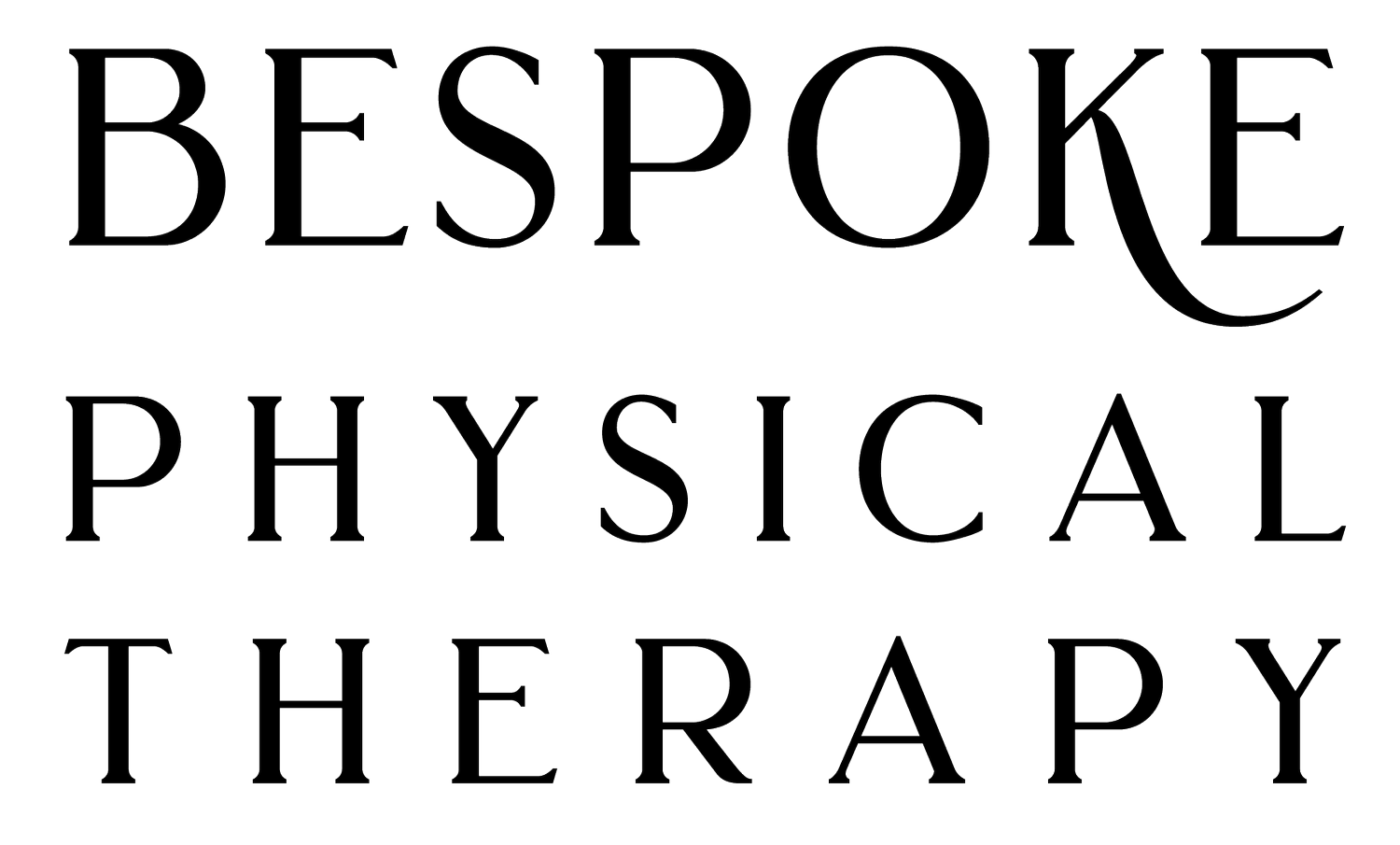Your Plantar Fasciitis Questions Answered
Plantar Fasciitis is a condition that we commonly treat at Bespoke Physical Therapy. These are the answers to the most common questions I hear, but if your question isn’t answered below, please don’t hesitate to reach out!
What is the plantar fascia?
The plantar fascia is a band of tissue that begins at the back of the heel and runs along the bottom of the foot stopping at the base of the toes. Its job is to provide support to the arch of the foot while weight bearing.
What is plantar fasciitis?
The suffix “itis” means “inflammation.” With this in mind, plantar fasciitis is inflammation of the plantar fascia.
How is plantar fasciitis caused?
This is a tricky one because the answer is likely different for different people. The most common cause seen clinically is decreased length of the calf muscles (the gastrocnemius and/ or the soleus muscle). Other contributing factors can include: decreased hip or ankle stability, decreased foot strength, a problem with walking or activity mechanics, and long term poor footwear choices.
What are the most common symptoms of plantar fasciitis?
When someone relays that they are experiencing “pain on their heel or the bottom of their foot, that hurts the most during the first few steps in the morning, and then improves as they move around more” I immediately think put plantar fasciitis at the top of my list of suspects. This same type of pain is usually also reported after sitting for a long time and standing up, or after walking a very long distance. If someone feels great in the morning and then their pain gradually comes on, they likely do not have plantar fasciitis.
How can my plantar fasciitis be resolved?
Again, there isn’t a one-size-fits-all solution, but rather finding the right combination of tools to treat the specific cause of an individual’s plantar fasciitis. Commonly this includes measures to get the symptoms to calm down such as utilizing ice, gentle massage, working to increase the length of the calf muscle complex, addressing strength deficits (commonly at the ankle or the hip), coaching on the mechanics of daily activities that may be aggravating, and sometimes advice on footwear choices.
Is physical therapy for plantar fasciitis painful?
In my professional opinion the answer to this question should be “no.” Sometimes physical therapy in general can feel uncomfortable, but the majority of Bespoke’s patients feel relief during and from the manual therapy and exercises they are working through.
How long will it take for my plantar fasciitis to feel better?
At Bespoke Physical Therapy our goal is to make a measurable improvement during each in clinic visit, and to provide the client with the tools to continue improving between visits. With this in mind, we typically see resolution of symptoms in 4-6 weeks. With any condition, typically the amount of time it takes for pain to completely go away correlates with how long it has been since the pain initially began.
